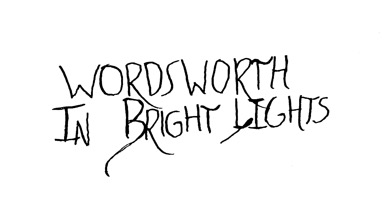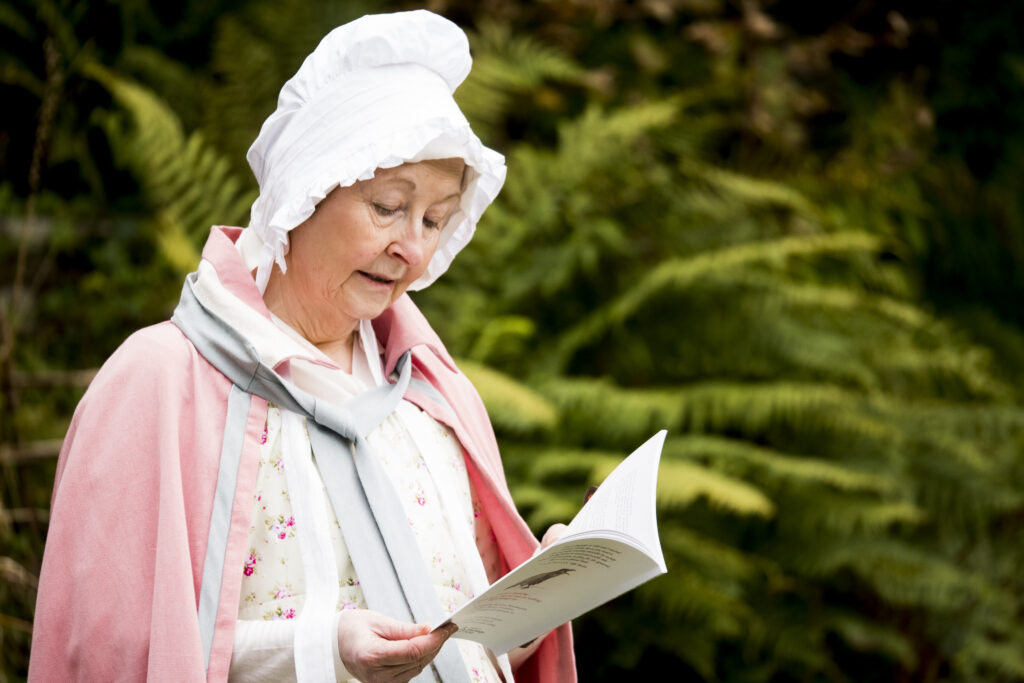By Stephen Raw
11th of October 2022. We have arrived. Our coach from Manchester with ‘Back on Track’ folk and ‘Invisible Cities’ folk has made it to Grasmere. It’s been a long journey in every sense.
Where is the coffee, the tea? We mill around in the reception room meeting those from Liverpool, Lancaster, and other places who have joined in with the project. Phil announces what will happen over the day. More milling about. Someone has found the biscuits. Then in a quiet corner I spot a cardboard box being unpacked. Out come the modest-looking Refuge from the Ravens books: white cover, big type, a small black & white illustration. Julia hands some around. No grand announcement even now.

Others see the book ‘Is that IT?’ they enquire. ‘Yes’. Julia continues to hand them around. Somewhat abruptly the room goes quiet and everyone’s head is in the book. Stillness – fleeting. A moment. Significant because, for those participants who have lived with the project for two years in some cases, it is the precise moment when it truly all comes together.
Some look for their particular contributions quickly flicking through the pages; others enjoy all the text, the pictures and the book itself, feeling the weight of it in the hand, turning it to see the spine and the back cover.
In our digital age of screens, it struck me that the codex (pages bound on one edge), still has some sort of power – a hold even – over us. Here, in this room full of people suddenly mute, there was proof of the potency of books. Sure, to be part of the contents was unusual for most there, but nevertheless the finished artifact is special. I might have missed this transient moment if I had not seen those smiling faces looking down at their book, albeit soon to be replaced by the buzz of people together. Very soon (‘ere long’ as Wordsworth might have said) the moment was gone and we were drifting off to the Dove Cottage garden for our poetry reading.





As I have been living with this project for a year and worked on the manuscript Phil and Julia supplied, developing the final design, I had already got a good idea of what was inside. What I had not anticipated was the ‘launch’ of the enthusiasm, enjoyment, and delight. There in front of the contributors was confirmation – in text and image – of their creativity, dedication and hard work.
In that instant the assurances of the project were realised. For some broken promises have been too common. But, no, this one was honoured. There was always going to be a book… and hey – here it is!
Those who had written their poetry and drawn and done calligraphy in many workshops over many months could now see how it all worked. Those real, sometimes painful experiences were now captured – all by simply being invited and encouraged to write about them. And now here in the book they were mixed in with other contributors to make something new: real writing about remembered history. As language does, encapsulated in this book, it will be shared, travel, and outlive us all.

Refuge from the Ravens is supported by the Heritage Fund. In 1798, Lyrical Ballads by Wordsworth and Coleridge sparked a literary revolution — poems in everyday language, telling of people on the margins of society. 200 years later, homelessness and social inequality are still with us and even on the rise. This project invited people with lived experience of homelessness and other vulnerable people to meet Wordsworth across time, replying in poetry, art and song in a Lyrical Ballads for the 21st Century.
To buy the book, go to www.oystercatcherpress.com

